From Vilnius we were on our way to the coast, visiting the Trakai Island Castle and the famous Hill of Crosses.
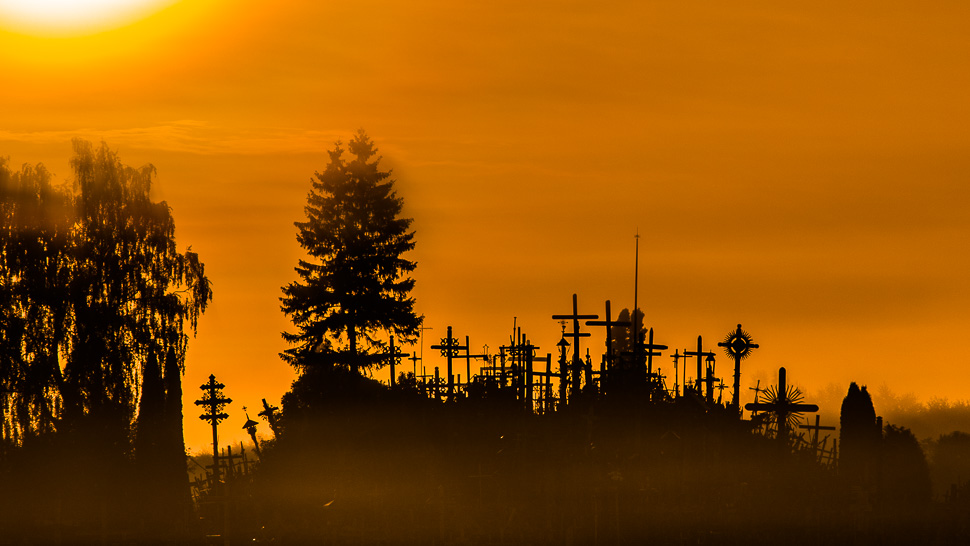
In 1795 Lithuania became part of the Russian Empire. Poles and Lithuanians unsuccessfully rebelled against Russian authorities in 1831 and 1863. These two uprisings are connected with the beginnings of the hill: as families could not locate bodies of perished rebels, they started putting up symbolic crosses at a former hill fort. In 1914 about 200 crosses stood on the hill.
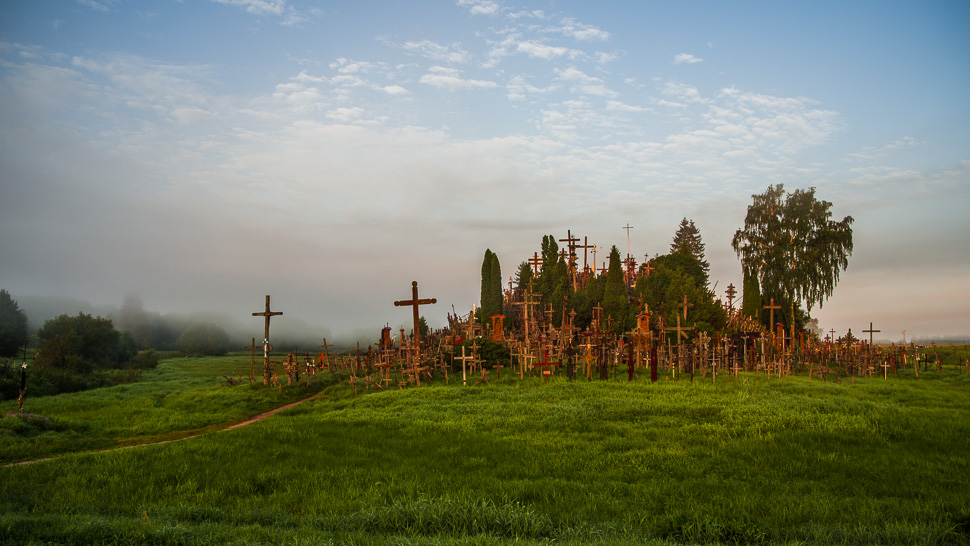
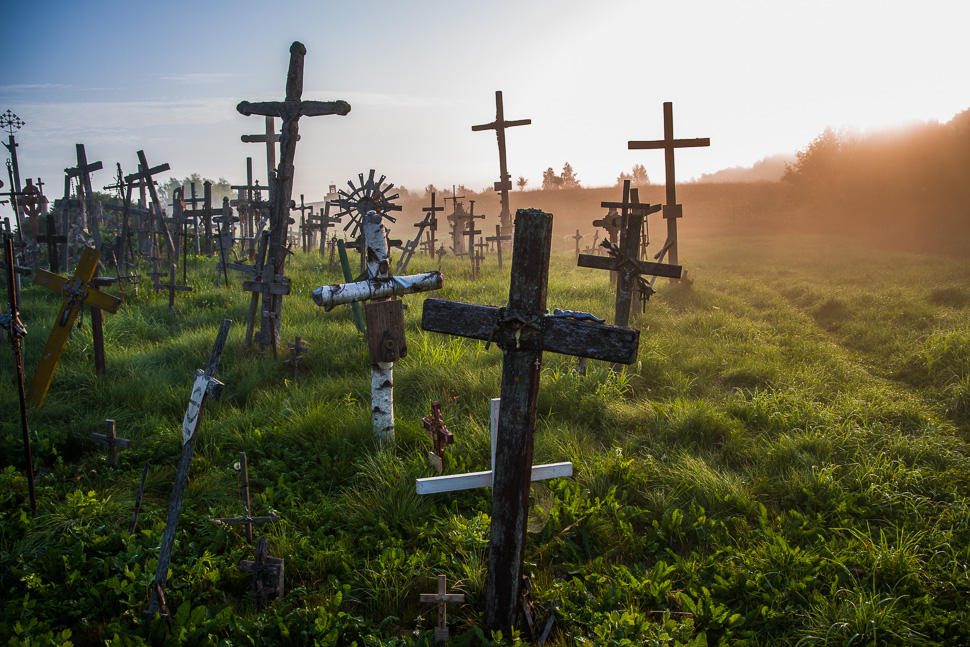
During the years 1944–1990, when Lithuania was occupied by the Soviet Union, it became a place of peaceful resistance, by demonstrating their allegiance to their original identity, religion and heritage by placing crosses on the hill. The number increased rapidly.
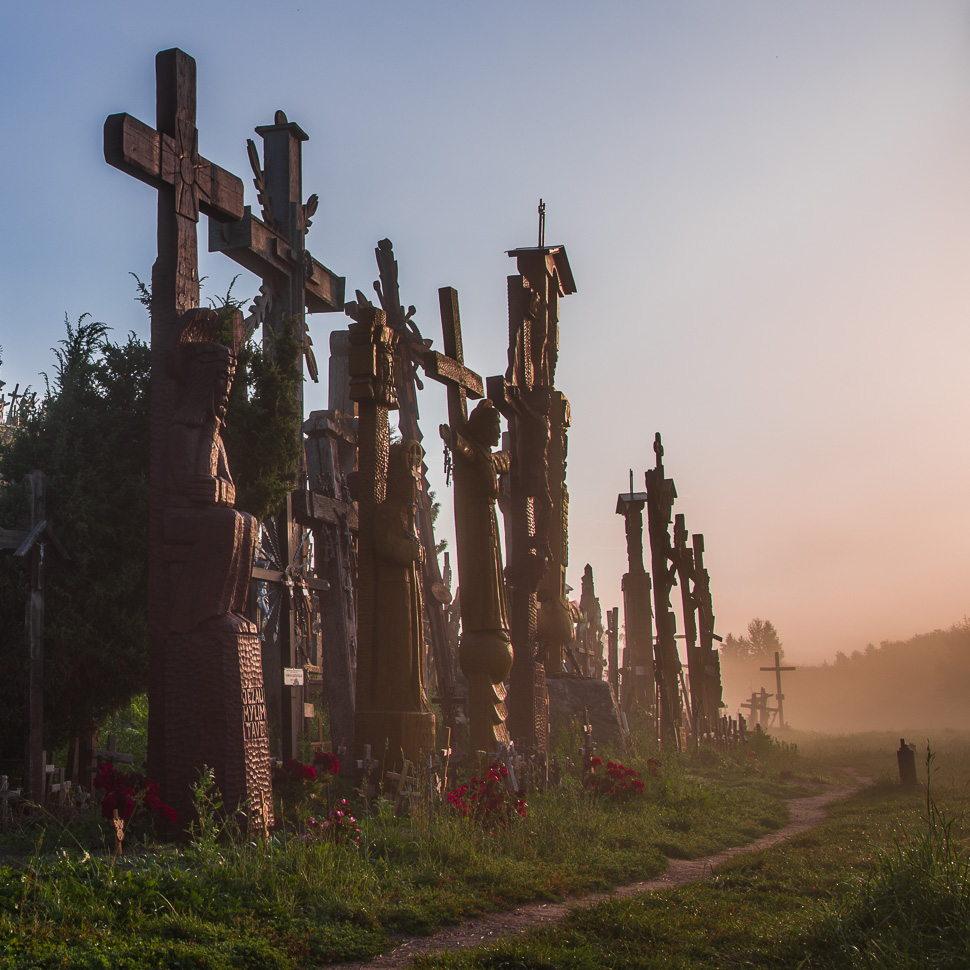
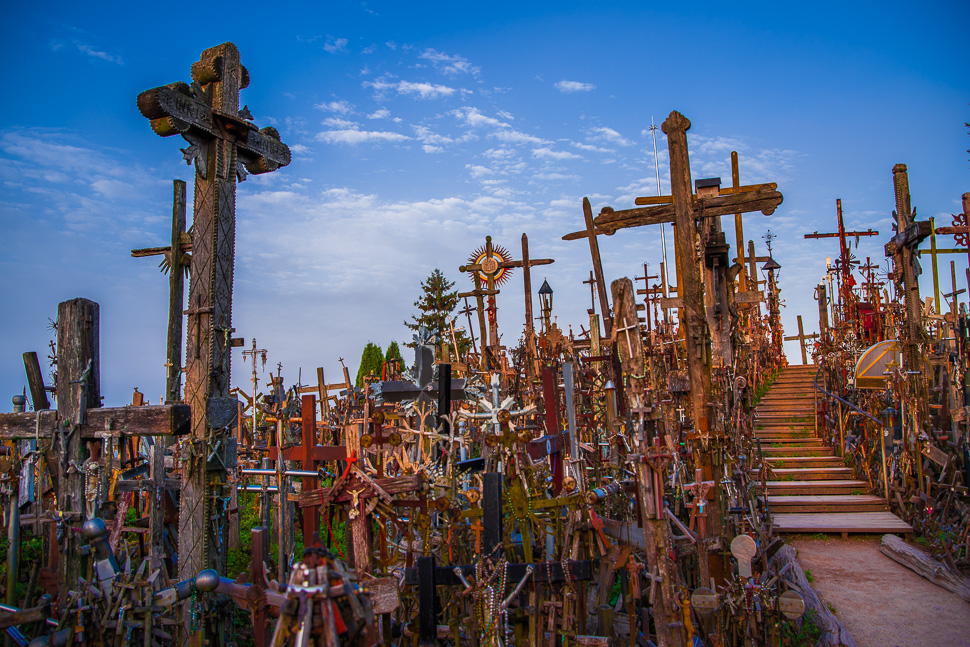
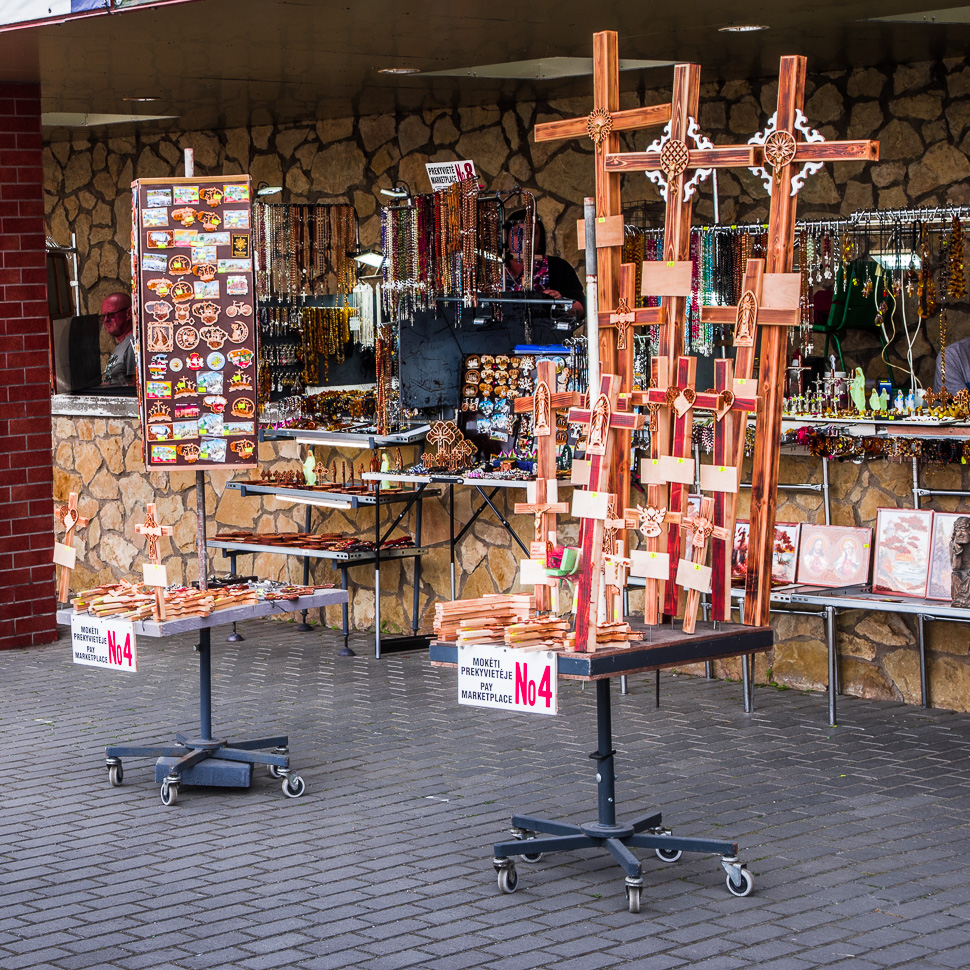 |
| Everybody can place a cross up to 3 metres |
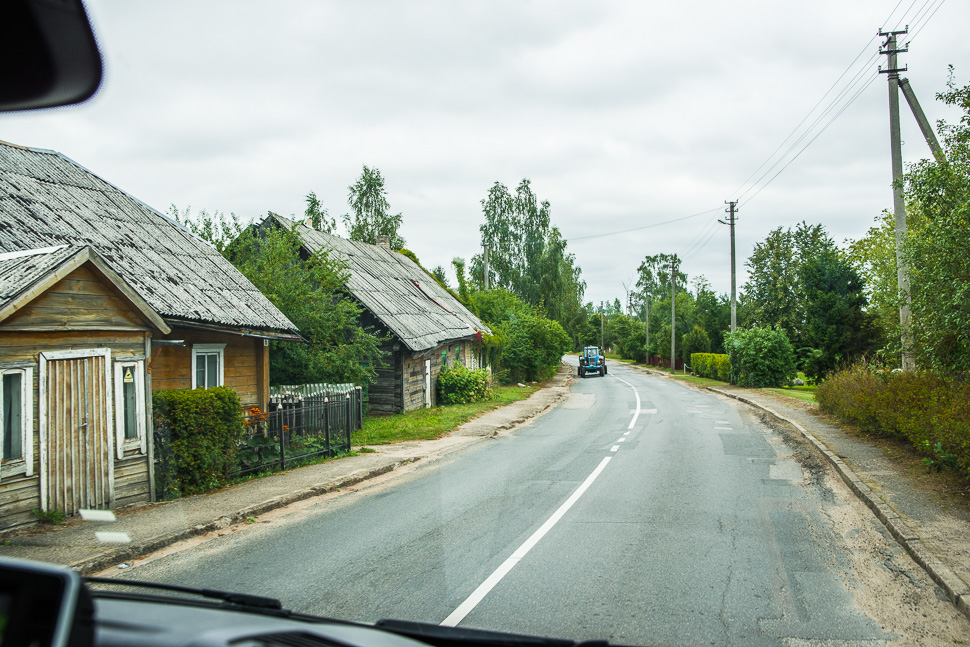
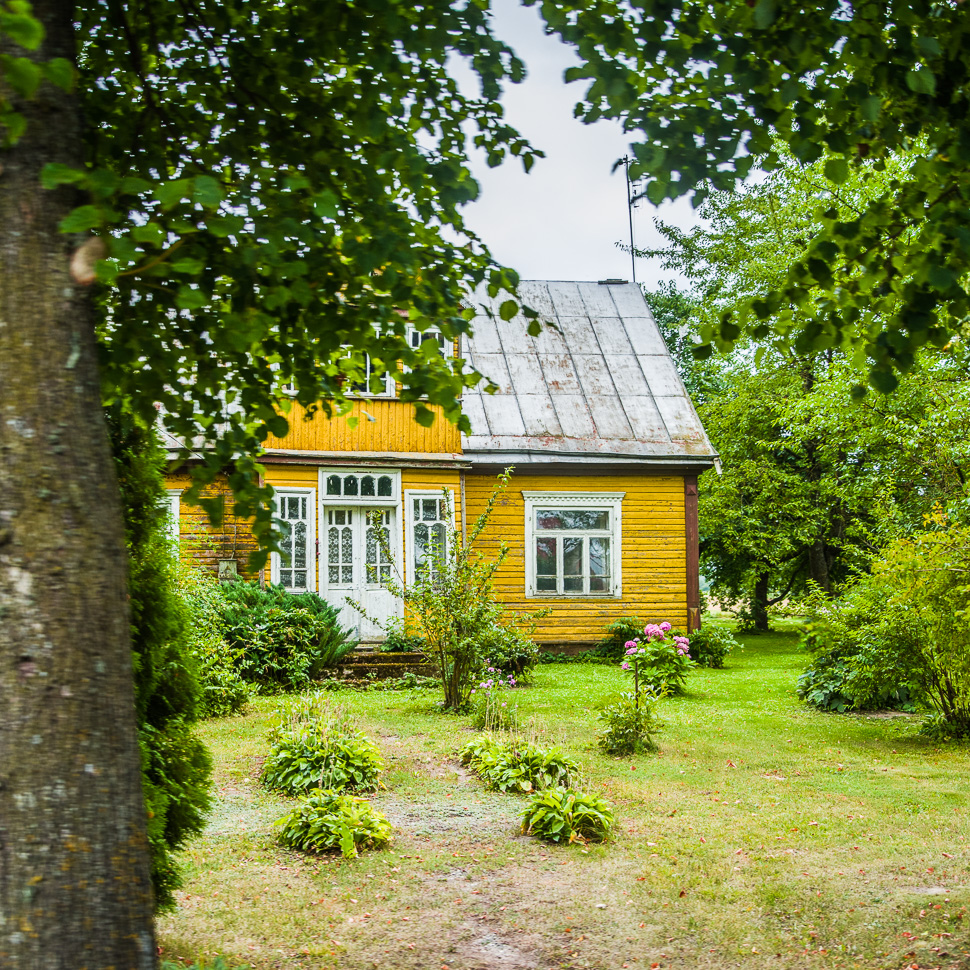
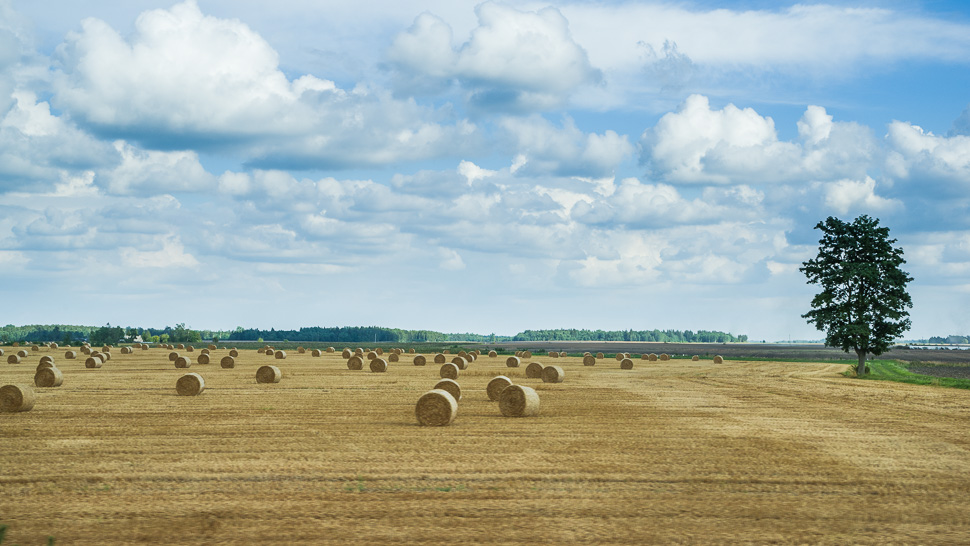
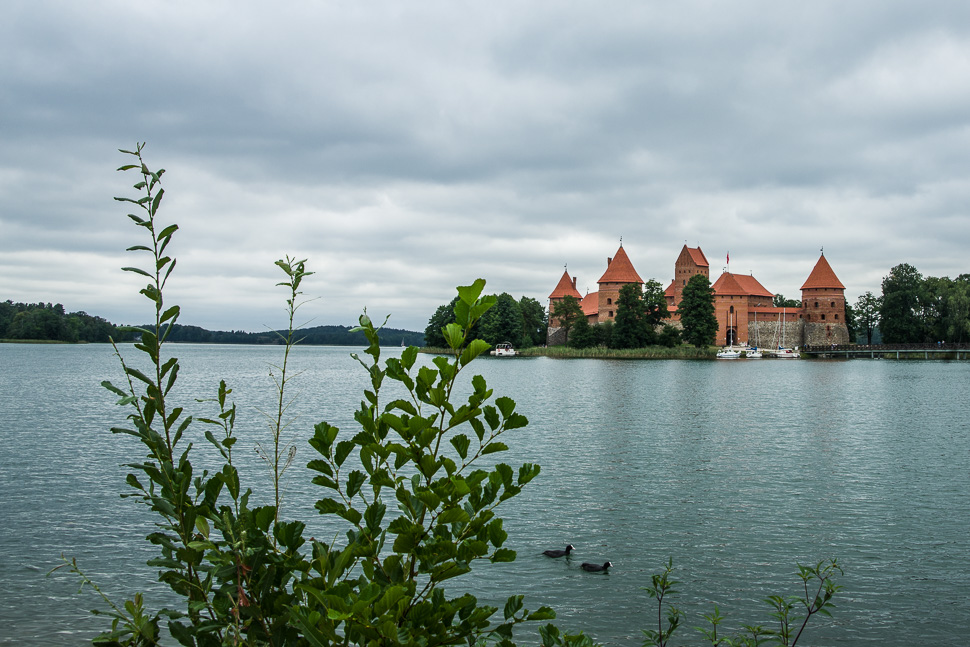
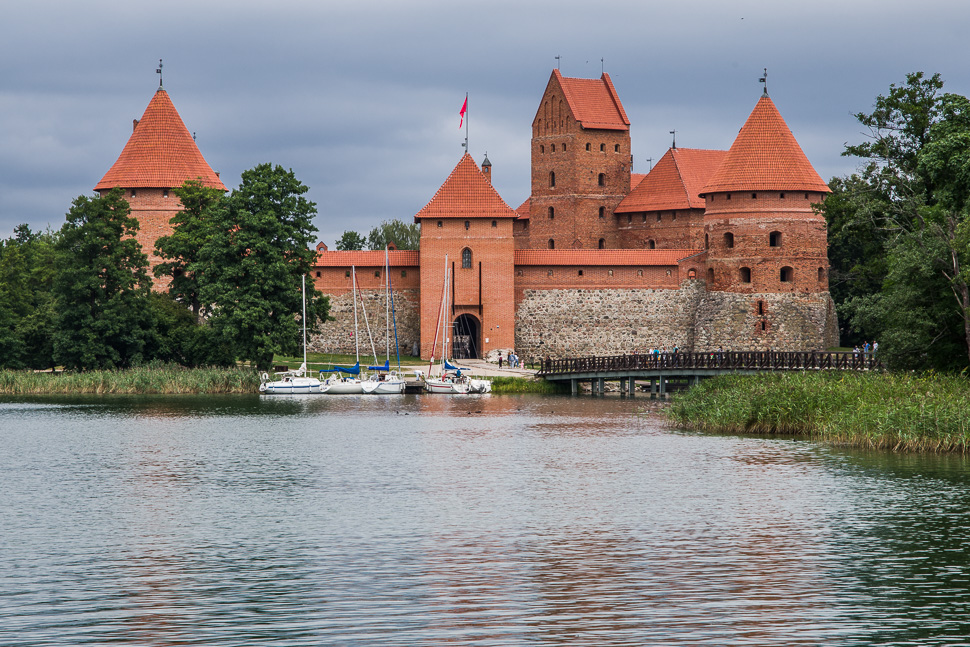
In the 17th century, the castle was damaged and gradually fell into disrepair. In 1951 a thorough reconstruction made the castle into a tourist attraction on this nice lake.
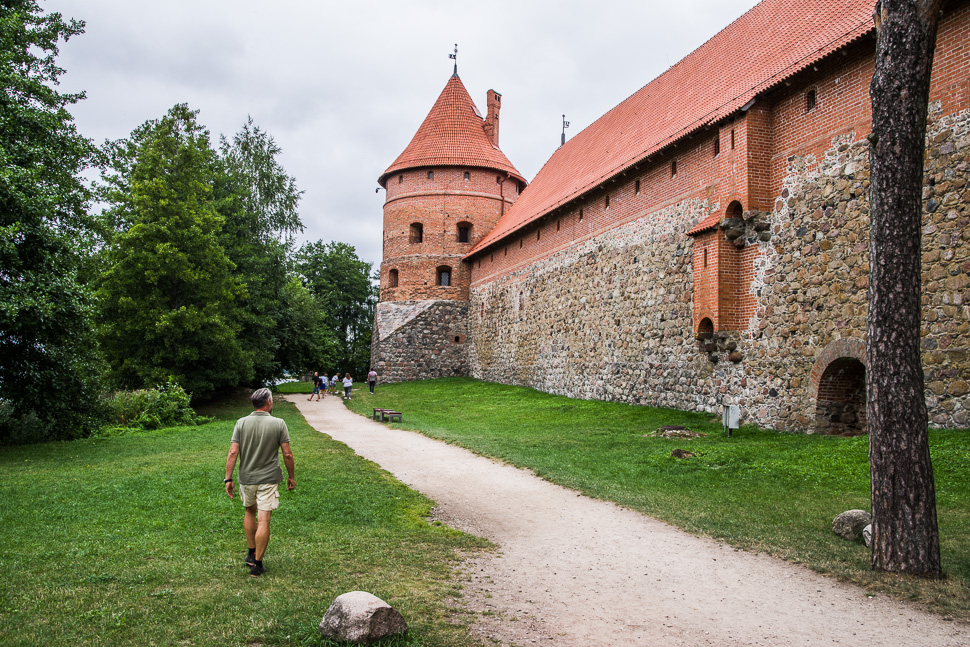
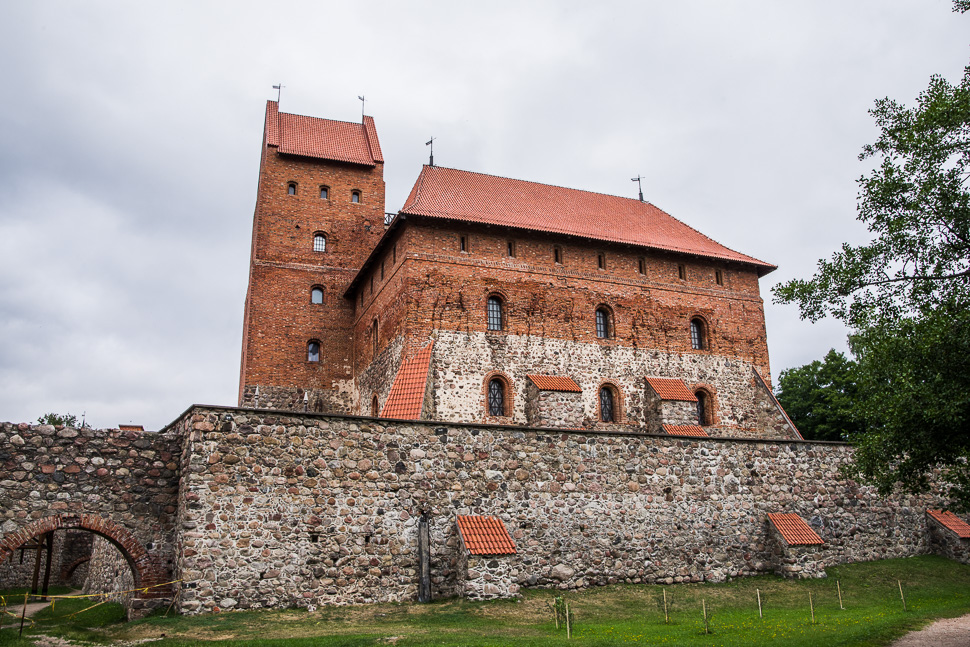
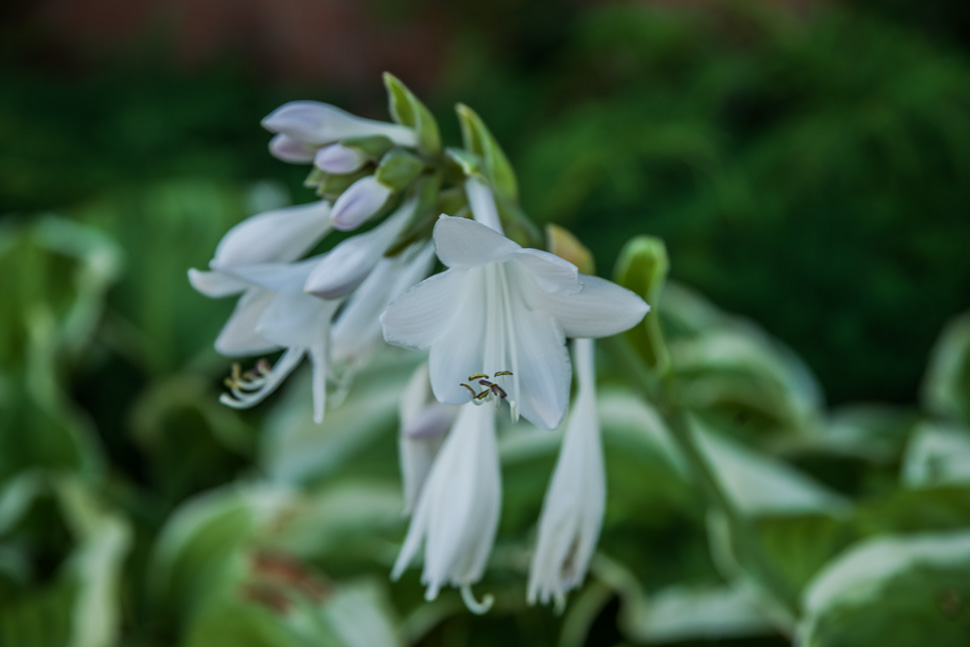 |
| Flower of the Day |
